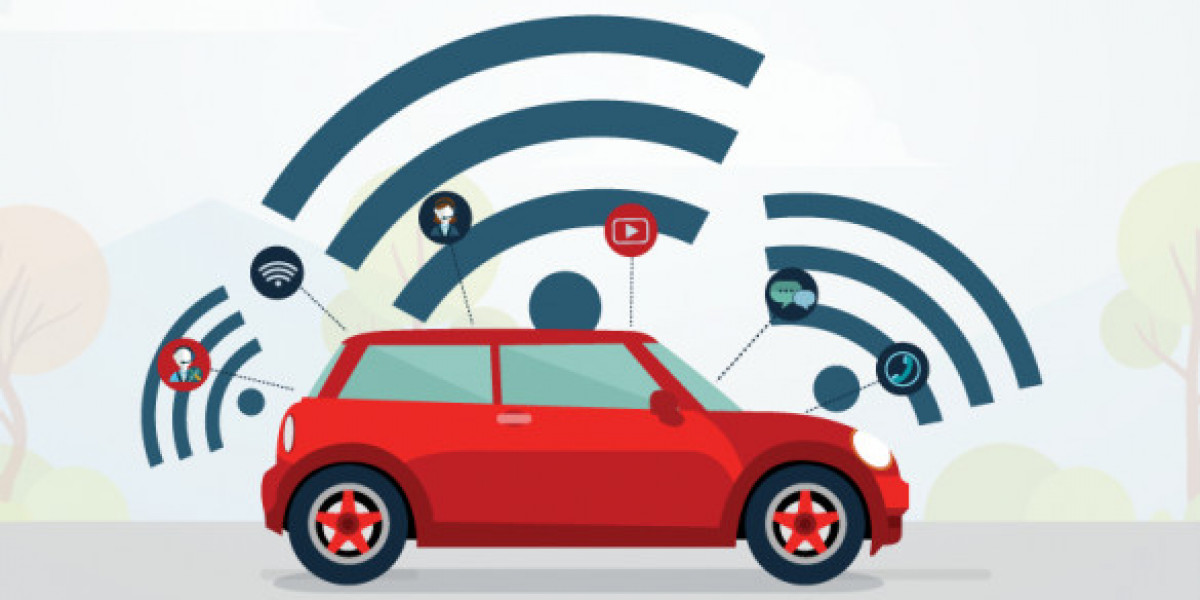The usage-based insurance market has emerged as a transformative force within the broader insurance industry, driven by advancements in telematics, data analytics, and IoT technology. Unlike traditional insurance models that rely heavily on static risk factors like age, gender, and location, UBI offers a dynamic pricing model based on real-time driving behavior and usage patterns. This approach allows insurers to provide personalized premiums that reflect an individual’s actual risk, resulting in more fair and transparent insurance policies.
The global UBI market has witnessed significant growth over recent years, propelled by increasing adoption of connected vehicles, smartphones, and telematics devices. Regulatory bodies in various regions are also supporting UBI by allowing flexible pricing models that incentivize safer driving practices. Moreover, consumers are increasingly attracted to UBI for its potential to reward responsible driving with lower premiums, making it an appealing option in a competitive insurance landscape.
One of the primary factors driving the UBI market is the widespread availability and affordability of telematics devices. These devices collect data on various driving parameters such as speed, acceleration, braking, mileage, and time of use. Insurers analyze this data to assess risk more accurately and tailor policies accordingly. Besides standalone telematics devices, smartphone apps have become a popular alternative, offering an easier and cost-effective method for insurers to collect driving data and expand market reach.
The UBI market is also influenced by evolving consumer preferences, especially among younger and tech-savvy customers who demand more control and transparency over their insurance plans. The traditional insurance model, often seen as rigid and opaque, is being challenged by the flexibility offered by usage-based models. Drivers who maintain safe habits benefit from discounts, while high-risk behavior is penalized with higher premiums. This dynamic not only promotes safer roads but also encourages a culture of responsible driving.
Regionally, North America and Europe have been frontrunners in the adoption of UBI, driven by advanced telematics infrastructure and favorable regulatory environments. In the United States, major insurers have launched several usage-based products targeting both personal and commercial vehicle owners. Meanwhile, in Europe, regulatory frameworks in countries like the UK and Germany facilitate UBI adoption by emphasizing data privacy and consumer protection. Emerging economies in Asia-Pacific and Latin America are also witnessing rapid UBI growth, thanks to increasing smartphone penetration and government support for digital innovation in insurance.
The commercial vehicle segment represents another significant growth opportunity within the UBI market. Fleet operators and logistics companies increasingly rely on telematics to optimize operations, improve driver safety, and reduce insurance costs. Usage-based policies allow businesses to monitor driver behavior and implement risk mitigation strategies, thereby enhancing overall fleet performance and reducing accident rates. This segment’s adoption is expected to accelerate as more companies realize the cost-benefit advantages of integrating UBI solutions.
However, the UBI market faces challenges that could impact its pace of growth. Data privacy and security remain critical concerns for both consumers and regulators. The collection and transmission of detailed driving data require robust cybersecurity measures and transparent data handling practices. Insurers must balance leveraging detailed data insights with maintaining consumer trust and adhering to stringent privacy regulations. Moreover, technological disparities in telematics device quality and data accuracy can affect the reliability of usage-based policies.
Another challenge lies in customer acceptance and behavioral change. While many drivers are attracted to the potential savings offered by UBI, some remain skeptical about continuous monitoring and data sharing. Education and awareness campaigns by insurers are essential to alleviate these concerns and highlight the benefits of UBI for safety and cost savings. In addition, insurers need to continuously innovate and improve their UBI products to offer seamless user experiences, clear benefits, and flexible policy options.
Looking ahead, the usage-based insurance market is poised for further evolution, driven by advancements in artificial intelligence (AI), machine learning, and big data analytics. These technologies will enable insurers to gain deeper insights into driving behavior, predict risk more precisely, and offer even more customized insurance products. The integration of UBI with other emerging trends, such as autonomous vehicles and smart city initiatives, also opens new avenues for growth and innovation.
In conclusion, the usage-based insurance market represents a significant shift from traditional insurance paradigms toward more personalized, data-driven approaches. Supported by technological progress, regulatory encouragement, and changing consumer attitudes, UBI is set to redefine how risk is assessed and priced. Although challenges around data privacy and customer trust remain, the market’s growth potential is substantial, especially as insurers continue to innovate and adapt to the evolving landscape. The widespread adoption of usage-based insurance promises safer roads, more equitable premiums, and a smarter insurance ecosystem for the future.









